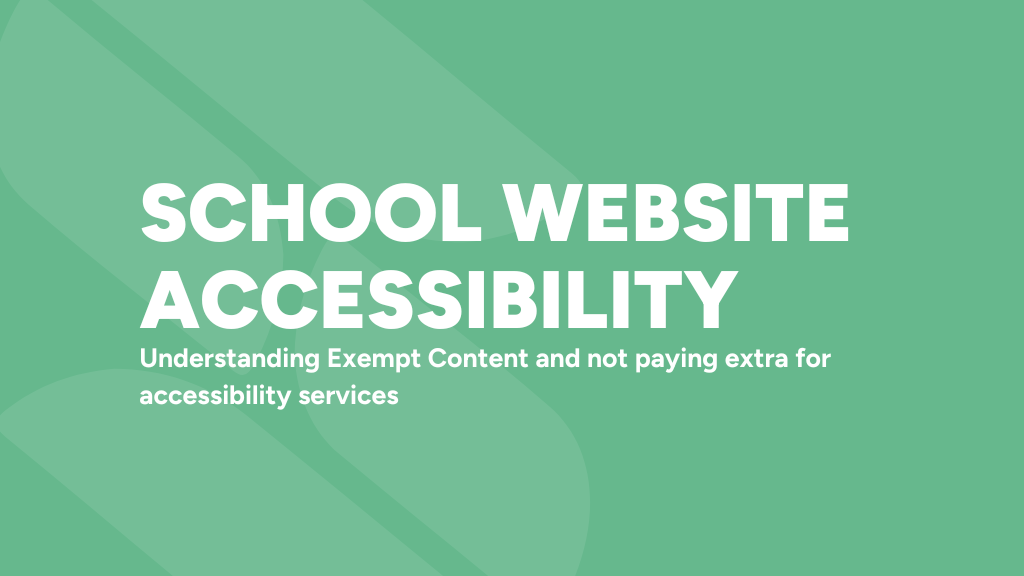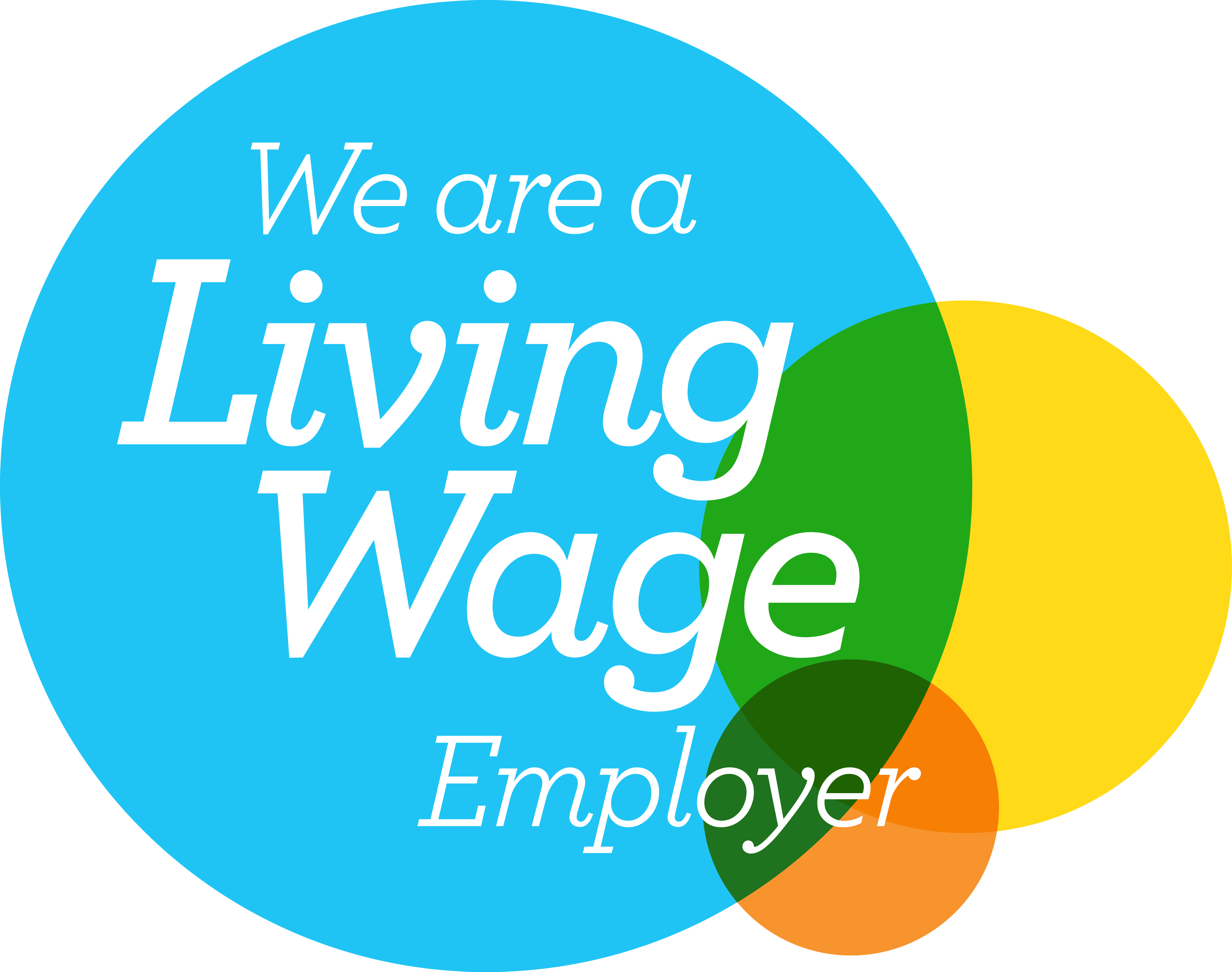Careers Programme Information and Your School Website
Careers Programme Information and Your School Website
Careers Programme Information and Your School Website

Providing clear and accessible careers information is crucial for schools in guiding students towards their future education and career paths. Not only is it a statutory requirement, but it is also an important resource for parents, carers, and students as they navigate post-secondary opportunities. In this post, we will explore the careers programme information that must be published on your school website to comply with the school website requirements set by the Department for Education (DfE).
This blog aims to clarify what secondary schools, academies, and Further Education (FE) colleges need to include, as well as practical tips for organising this information effectively.
Careers Programme Requirements – Overview
All secondary schools, secondary academies, 16 to 19 academies, and FE colleges must comply with section 42B of the Education Act 1997, often referred to as the ‘provider access legislation’. This requires schools to provide specific information related to their careers programme and how students can access technical education and apprenticeship opportunities.
The requirements for publishing careers programme information are as follows:
- Name and Contact Details of Careers Lead: Schools must publish the name and contact information for their careers lead. This individual acts as the main point of contact for questions about the careers programme, both from internal stakeholders (e.g., students, teachers) and external providers (e.g., apprenticeship and technical education providers).
- Summary of Careers Programme: A summary must be provided outlining the school’s careers programme. This summary should detail how young people, parents, carers, teachers, and employers can access information about careers-related opportunities. The careers programme should cover key events, such as career fairs, workshops, and work experience placements.
- Impact Measurement and Assessment: It is important to include information on how the careers programme’s impact is measured and assessed. This helps demonstrate the effectiveness of the programme and ensures transparency about the progress being made.
- Review Date: Schools must specify the date by which the careers programme information will be reviewed. Regular reviews help maintain the accuracy and relevance of the careers information provided.
What Is Provider Access Legislation?
The provider access legislation is intended to ensure that students in years 8 to 13 have access to a range of education and training providers. Schools are required to publish a policy statement that outlines the circumstances under which providers of technical education and apprenticeships can gain access to speak with pupils. This policy must:
- Specify the opportunities for providers to visit the school and talk directly to pupils.
- Detail the process for providers to request access to speak to pupils about the opportunities they offer.
This is a vital component of the careers programme, as it ensures that students are aware of the full range of options available to them, not just the traditional academic pathways.
Careers Programme Information for Secondary Schools and Academies
For secondary schools and academies, publishing careers programme information is a statutory requirement. Here are the key elements that must be included on the school website:
- Careers Lead Contact Information:
- The careers lead’s name and contact details must be easily accessible. This individual is responsible for managing the careers programme and acting as the point of contact for any questions.
- Summary of the Careers Programme:
- The summary should cover the key aims and objectives of the careers programme, the events and activities included, and how these events support pupils’ career aspirations.
- The summary must also provide details on how students, parents, carers, teachers, and employers can access information regarding the careers programme. For example, links to virtual events, newsletters, or upcoming career workshops.
- Impact Measurement and Review Date:
- Schools need to include information on how the careers programme is assessed. This could involve student surveys, data on post-16 destinations, or employer feedback.
- You must also specify the date by which the information will be reviewed. This is to ensure the careers programme is up-to-date and effective.
For academies, the DfE states that the above information is not strictly mandatory but is highly recommended. To maintain consistency, it is advisable that academies treat these requirements as if they were mandatory, ensuring that students across all school types receive equal access to careers guidance.
Special Considerations for 16 to 19 Academies and FE Colleges
16 to 19 academies and FE colleges must also publish detailed careers programme information on their websites, just like secondary schools. The same elements apply, including:
- Contact Information for the Careers Lead.
- Summary of the Careers Programme, detailing the resources and support available for students to explore their future pathways.
- Impact Measurement and Review Dates, ensuring the programme remains relevant and effective.
In addition to these requirements, 16 to 19 academies and FE colleges often focus on specific career pathways such as apprenticeships, vocational training, and direct entry into the workforce. Therefore, the information they publish should be tailored to reflect these different options, providing clear pathways for students as they transition to adulthood.
Tips for Publishing Careers Information on Your Website
Publishing careers programme information effectively on your school website is crucial for compliance and for providing clear guidance to students, parents, and other stakeholders. Here are some tips to help you organise and display this information:
- Dedicated Careers Page: Create a dedicated page or section for careers information on your school website. This will make it easy for visitors to find all the relevant content in one place. The page should include a clear and well-labelled navigation menu, allowing users to quickly locate key information like the careers lead’s contact details, the careers programme summary, and opportunities for provider access.
- Include Additional Resources: In addition to the statutory information, consider adding supplementary content to make the page more engaging and helpful. For instance:
- Career Resources and Tools: Links to career advice websites, online tools for career exploration, and relevant articles.
- Upcoming Events and News: Details about upcoming careers fairs, employer visits, and workshops.
- Testimonials and Case Studies: Success stories of former pupils who have gone on to apprenticeships, higher education, or employment can be powerful motivators for current students.
- Be User-Centric: The way the information is presented matters. Use simple, direct language that parents, students, and external providers can easily understand. Consider the needs of your audience and make sure the information is accessible and clear.
- Use Schudio’s Tools: If you’re using Schudio’s platform, the ‘Shared Document Groups’ feature can help ensure all statutory information is centrally managed and easily updated. You can also use Schudio’s tools to ensure that all policies are consistent across your website, which is particularly useful for Multi Academy Trusts.
Careers Programme Requirements for Multi Academy Trusts (MATs)
For Multi Academy Trusts (MATs), managing careers programme information across multiple schools can be challenging. However, MATs can use centralised management tools to streamline this process, ensuring that careers information is both consistent and tailored across all schools within the trust.
Using a tool like Schudio’s ‘Shared Document Groups’, MATs can centrally manage the publication of careers programme information across all their schools. Here are some steps for MATs to manage careers content effectively:
- Central Careers Policy Template:
- Develop a centralised careers policy or statement that can be adapted by each school to reflect its unique context while maintaining core trust-wide standards.
- Central Oversight with Flexibility:
- Each school should be provided with a basic framework for careers information that ensures consistency in compliance. However, schools should still have the flexibility to add specific content that highlights local events, partnerships, and success stories.
- Efficient Updates Across All Schools:
- When statutory requirements change or new information needs to be published, MATs can make these changes centrally using the ‘Shared Document Groups’ feature. This ensures all schools remain compliant without the need for repetitive updates.
- Engagement Opportunities:
- MATs can also organise trust-wide careers events, such as virtual careers fairs or employer engagement activities, and ensure information about these events is shared consistently across all schools.
Conclusion
Publishing careers programme information on your school website is not just about compliance with the school website requirements, but also about empowering students to make informed decisions about their future. Whether you are a secondary school, academy, or part of a Multi Academy Trust, ensuring this information is up to date and accessible is crucial.
By complying with the requirements of section 42B of the Education Act 1997 and effectively presenting this information on your school website, you help create a culture of informed decision-making and aspiration among your students.
For further guidance on school website compliance, check out our definitive School Website Requirements Guide or consider enrolling in our School Website Compliance Course for comprehensive, step-by-step advice.








